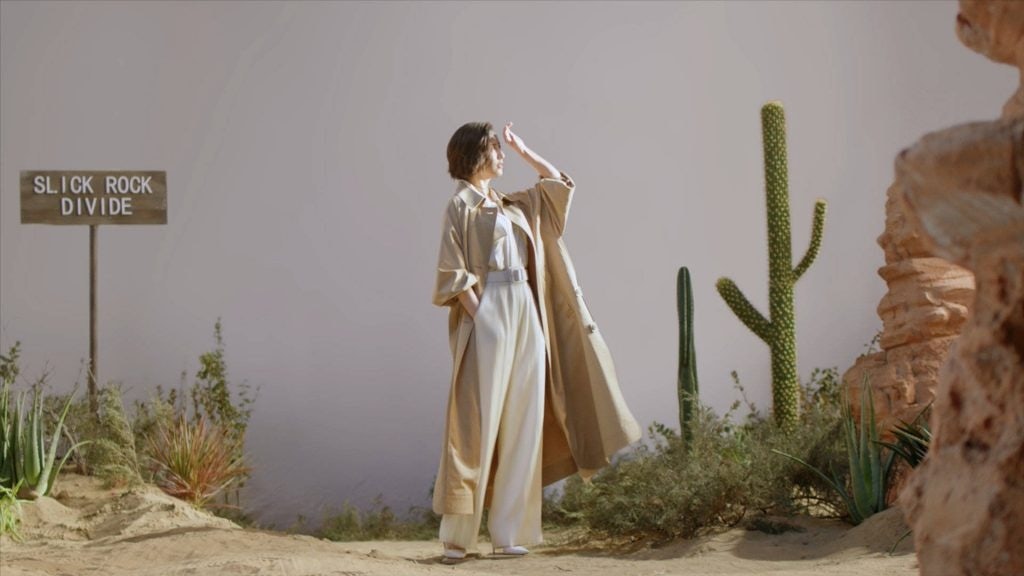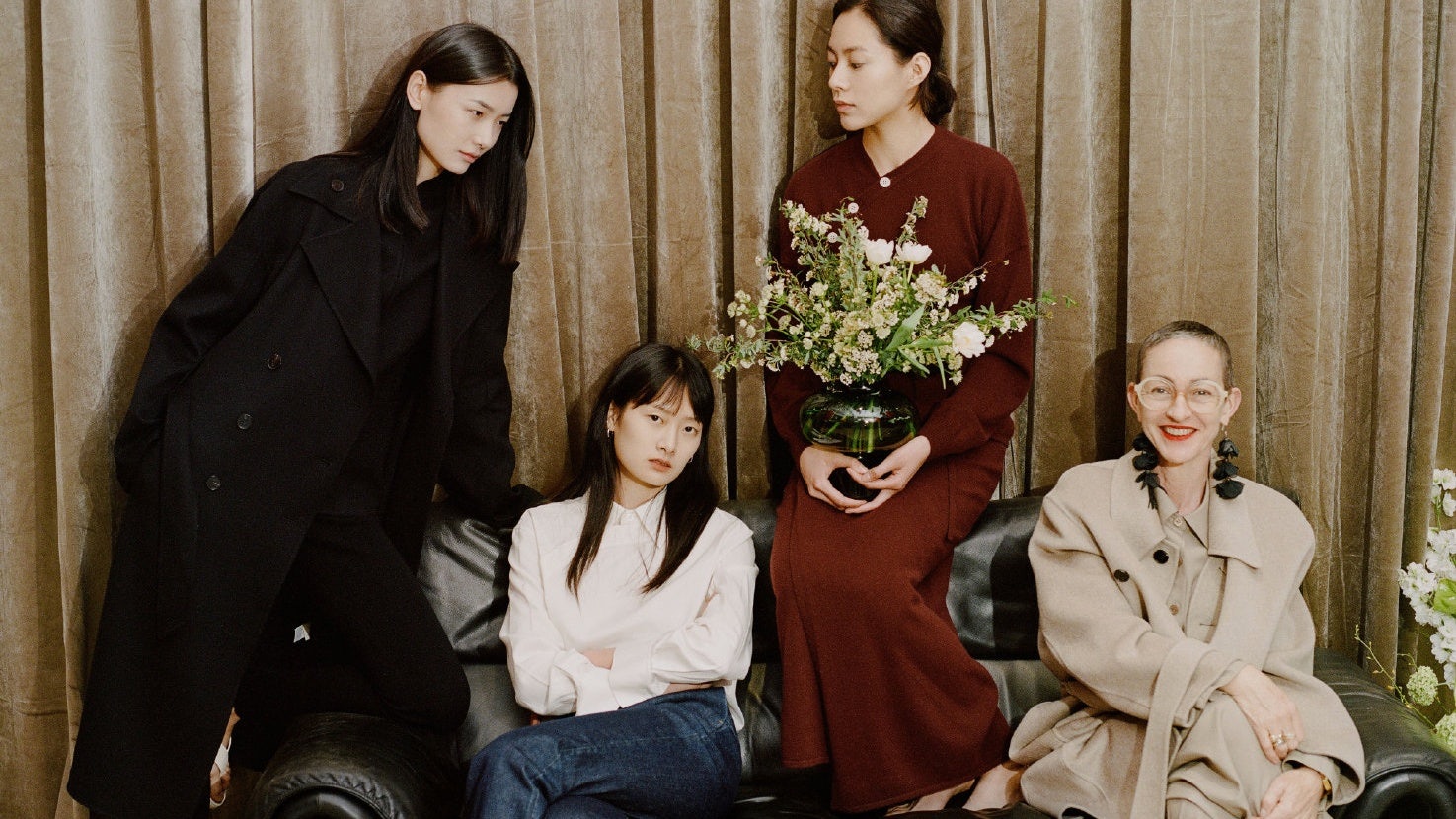Key Takeaways:#
As the oldest millennials approach middle-age, they are developing new consumer mindsets, shopping habits, and spending patterns.
Luxury brands should take a page out of JD’s playbook by analyzing the consumption patterns of the silver generation to understand how their habits might influence millennials.
Marketers should create advertising campaigns that strengthen their connections with the aging millennial population and engage with their newfound interests.
Western baby boomers were the first generation of super-consumers. Their shopping habits and spending power wielded so much influence that they could both build and destroy brand value. But a new generational cohort of super-consumers is reshaping not only retail but also consumerism as we know it.
A Financial Review op-ed piece by Russel Chesler, head of investments and capital markets at VanEck Australia, rightfully highlights that “Chinese millennials are the baby boomers of the future.”
From Chesler’s perspective, the consumer behavior and attitudes of Chinese millennials are reminiscent of those of young baby boomers. Just like their older counterparts, millennials value great shopping experiences. They also love to splurge on entertainment. But despite these similarities, not many brands have reflected on this consumer attitude alignment.
There are notable exceptions, such as e-commerce behemoths Alibaba and JD.com, which have understood the power of China’s very-own silver generation and the parallels it has with younger demographics. In fact, JD and Alibaba are preparing to win over younger consumer segments by investigating the Chinese baby boomer segment.
As the eldest sector of the millennial generation approaches middle-age, they are developing new consumer mindsets, shopping habits, and spending patterns. As such, brands and retailers must prepare for new customer experience requirements.
Qian Yu, a senior researcher from iResearch China, emphasizes that senior consumers are demanding “customized products and services catering to their needs.” Additionally, he would discourage retailers from promoting marketing campaigns that portray this consumer segment as “a passive and underprivileged group of people.”
JD.com, a global leader in e-commerce personalization, has already found new ways to improve the online experience for older consumers while boosting their conversions. From designing a senior-specific interface within JD’s app to identifying and promoting product categories typically requested by this consumer segment, the Chinese e-commerce platform is creating a blueprint for how an online space can foster trust and grow engagement and community for this demographic.
Luxury brands should take a page out of JD’s playbook by analyzing silver generation consumption patterns to help them better understand how those habits might influence millennials. Meanwhile, marketers should create advertising campaigns that strengthen connections with the aging millennial population by reflecting their newfound interests.
As Chinese millennials slide into the middle-aged group and start chasing their early retirement goals, some might decide to join the anti-excess consumerism movement and pursue a more ethical, moral form of consumerism. Brands like Stella McCartney and Icicle seem better prepared to embrace this change, considering that they designed their entire organizations and long-term branding strategies on ethical values.

Some consumers will simply become more price-sensitive, while others will decide to cut back on luxury spending and prioritize mental health and wellness. Global brands should prepare for this seismic consumer shift by launching wellness initiatives and products. Instead of selecting idols as brand ambassadors, luxury labels should sponsor Chinese Olympic athletes or wellness gurus.
This strategy will build equity and foster trust and loyalty. Moreover, we foresee that this approach could push luxury labels past the aspirational- phase and transform them into indispensable personal brands and allies.

